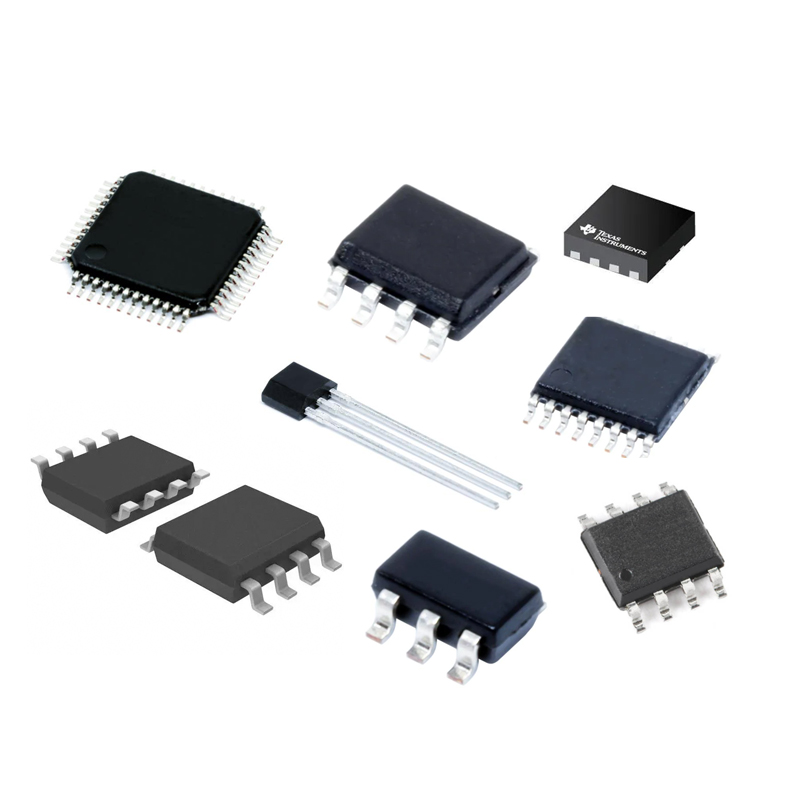
A comparator is an electronic component or circuit used to compare an input signal with a reference signal. It compares an incoming signal to determine whether it is equal to a reference signal or exceeds a predetermined threshold. Comparators are widely used in electronic systems, such as analog circuits, digital circuits, computer processors and measuring instruments.
There are many different types and implementations of comparators. The following will introduce several common comparators and their principles, applications and characteristics.
1. Basic Comparator
One of the simplest comparators, the basic comparator consists of a comparator circuit and a reference voltage source. When the input voltage is higher than the reference voltage, the output is high; when the input voltage is lower than the reference voltage, the output is low. Basic comparators are usually implemented using op amps or switches.
The main advantages of the basic comparator are simplicity, ease of implementation and low cost. However, it suffers from low precision, can only perform binary comparisons, and is sensitive to environmental factors such as noise and temperature changes.
2. Differential Comparator
A differential comparator is a commonly used comparator that compares the difference of two input signals to determine whether they are equal or exceed a threshold. A differential comparator consists of an op amp, two input resistors, and a feedback resistor.
When the input signal A is higher than the signal B, the output is high; when the signal B is higher than the signal A, the output is low. If the signals Signal B are equal, the output level is undefined.The main advantages of a differential comparator are high precision, high noise immunity, and the ability to adjust the threshold over a wide range. However, its disadvantage is that it needs to use additional circuit to provide the reference voltage, and it is sensitive to common mode interference.
3. Window Comparator
A window comparator is a type of comparator used to detect whether an input signal is within a given range. A window comparator usually consists of two differential comparators and a logic gate, where one differential comparator is used to detect the upper limit and the other is used to detect the lower limit.
When the input signal is within the specified range, the logic gate outputs a high level; when the input signal is lower than the lower limit or higher than the upper limit, the logic gate outputs a low level. The main advantage of a window comparator is the ability to detect the upper and lower limits of a signal with high accuracy and reliability. However, it has the disadvantage of higher cost and the need to use multiple comparators and logic gates.
4. Blink comparator
A blink comparator is a comparator used to detect whether an input signal is within a given range. It detects the upper and lower limits of the input signal by alternately changing the value of the reference voltage. A blink comparator usually consists of a feedback loop and a variable resistor used to control the variation of the reference voltage. When the input signal is within the specified range, the output is high; when the input signal is lower than the lower limit or higher than the upper limit, the output is low. The main advantage of a blinking comparator is the ability to detect the upper and lower limits of a signal with high accuracy and reliability. However, it has the disadvantage of higher cost and requires the use of feedback circuits and variable resistors.
5. Rate Comparator
A rate comparator is a comparator used to compare the rate of change of two input signals. A rate comparator typically consists of an integrator, a differentiator, and a comparator. The integrator is used to calculate the average value of the input signal, the differentiator is used to calculate the rate of change of the input signal, and the comparator is used to compare these values with predetermined thresholds.
When the rate of change of the input signal exceeds a predetermined threshold, the output is high; otherwise, the output is low. The main advantage of a rate comparator is the ability to detect the rate of change of an input signal with high accuracy and reliability. However, its disadvantage is that it is expensive and requires multiple circuits to implement.
A comparator is a very important electronic component or circuit that is widely used in many electronic systems. Different types of comparators have different principles, applications, and characteristics. Choosing a suitable comparator depends on specific requirements and application scenarios.
Eurotech is a worldwide supplier and exporter of electronic components, specializing in ICs, LCDs, Memory, Chips, computer parts, networking equipments and other passive components.
Tel: (86) 755 8395 9469
E-mail: info@eurotech-ic.com